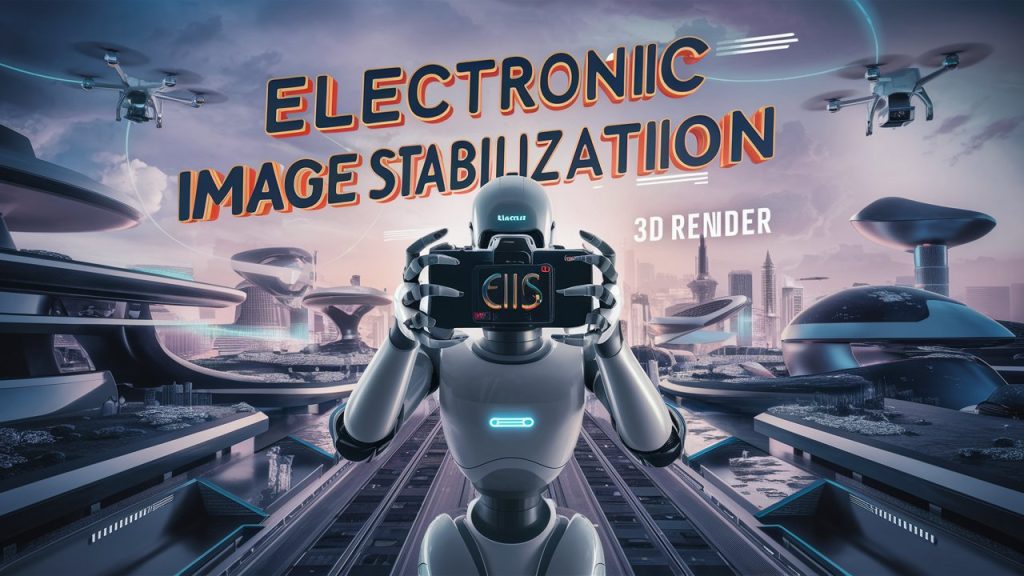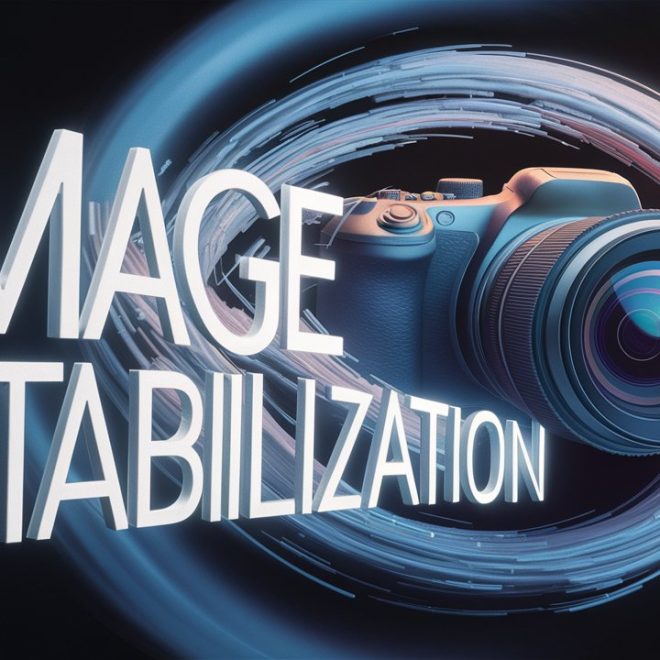Image stabilization is a critical technology in modern photography and videography, designed to reduce blurring associated with the motion of a camera during exposure. This technology has evolved significantly over the years, providing photographers and videographers with tools to capture sharp and clear images, even in challenging conditions.
Image stabilization can be broadly classified into three types: Optical Image Stabilization (OIS), Electronic Image Stabilization (EIS), and Hybrid Image Stabilization (HIS). This article delves into each of these types, explaining their working principles and benefits.
Optical Image Stabilization (OIS)

How OIS Works:
Optical Image Stabilization uses hardware components to stabilize the image. Typically, it involves moving lens elements or the image sensor to counteract the camera shake.
When you press the shutter button, sensors detect the motion of the camera and send this data to a microprocessor, which then moves the lens elements or sensor in the opposite direction to compensate for the motion.
Benefits of OIS:
- High-Quality Stabilization: Since OIS physically adjusts the lens or sensor, it provides superior stabilization, especially in low-light conditions.
- No Image Quality Degradation: OIS does not involve cropping or altering the image digitally, thus maintaining the original quality.
- Effective for Photos and Videos: It works well for both still photography and video recording.
Examples of Devices with OIS:
- Smartphones like the iPhone series and Samsung Galaxy series.
- Digital cameras such as DSLR and mirrorless cameras from brands like Canon, Nikon, and Sony.
Electronic Image Stabilization (EIS)

How EIS Works:
Electronic Image Stabilization is a software-based approach that stabilizes the image electronically. It uses the camera’s gyroscope and accelerometer to measure the movements. The software then processes these measurements and adjusts the image by cropping and shifting the frames to compensate for the movement.
Benefits of EIS:
- Cost-Effective: EIS is generally cheaper to implement as it doesn’t require additional hardware.
- Lightweight Design: It allows for slimmer and lighter camera designs since it relies on software rather than mechanical parts.
- Suitable for Action Cameras: EIS is particularly popular in action cameras like GoPro, where compact size and weight are crucial.
Examples of Devices with EIS:
- Action cameras like GoPro Hero series.
- Mid-range smartphones from brands like Xiaomi and OnePlus.
Hybrid Image Stabilization (HIS)

How HIS Works:
Hybrid Image Stabilization combines both Optical and Electronic Image Stabilization to provide enhanced stabilization. It uses OIS to handle low-frequency movements and EIS to manage high-frequency vibrations. This dual approach ensures that the image stabilization is more comprehensive and effective across different scenarios.
Benefits of HIS:
- Enhanced Stability: By combining the strengths of OIS and EIS, HIS offers superior stabilization, ideal for various shooting conditions.
- Versatility: HIS is effective for both still photography and videography, making it a versatile option for many users.
- Improved Low-Light Performance: The combination of hardware and software stabilization improves performance in low-light situations.
Examples of Devices with HIS:
- High-end smartphones like the Huawei P series and certain models of Sony Xperia.
- Advanced digital cameras with both optical and electronic stabilization features.
Conclusion
Understanding the different types of image stabilization—OIS, EIS, and HIS—can significantly enhance your photography and videography experience. Each type has its unique advantages and is suitable for different applications.
Whether you’re capturing fast-paced action shots or shooting in low light, knowing which stabilization technology your device uses can help you make the most of its capabilities.
As technology continues to evolve, we can expect even more advanced and efficient stabilization techniques to emerge, further pushing the boundaries of what’s possible in digital imaging.






